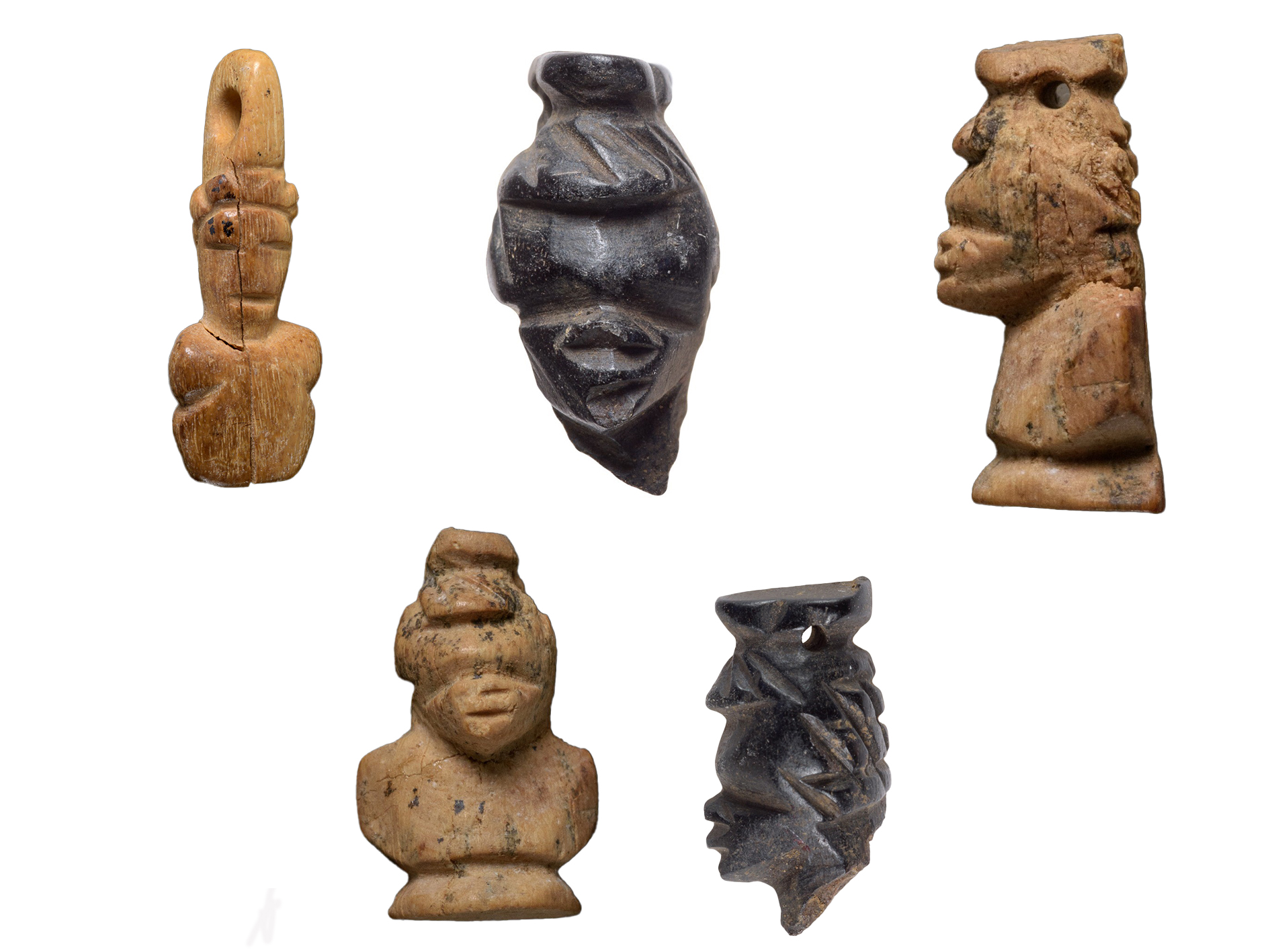
"The figurines show that a Christian community lived in the south of the country about 1,500 years ago, possibly with some of its members coming from Africa."
"It seems their purpose was not only decorative â but also as intimate personal items carrying with them a story of identity, tradition and memory."
"The graves reflect Christian burial customs from the 6th-7th centuries CE, a time when the Negev was part of the Byzantine Empire."
"It is possible that the figures represent ancestors, and thus they reflect traditions passed down from generations before conversion to Christianity."
Five small African figurines, discovered in medieval graves at Tel Malḥata, highlight the cultural and religious diversity during the early Byzantine period in southern Israel. Researchers, led by Dr. Noé D. Michael, believe these carved ebony and bone pieces represent a community possibly connected to Africa. Used as personal items or adornments, their presence in graves from the 6th-7th centuries CE illustrates Christian burial practices and may indicate a connection to ancestral traditions predating Christianity.
Read at Medievalists.net
Unable to calculate read time
Collection
[
|
...
]